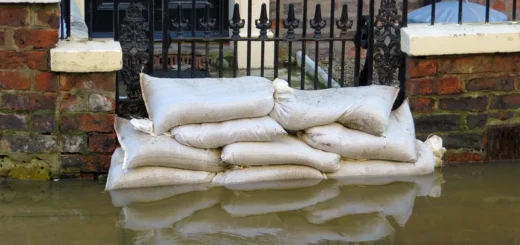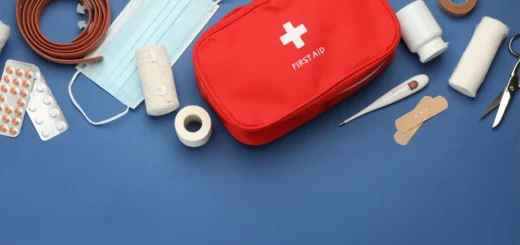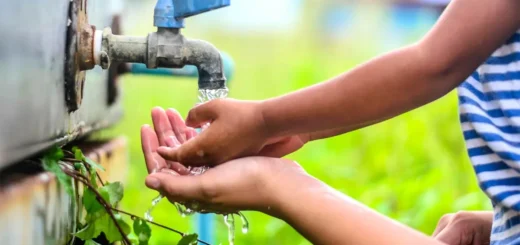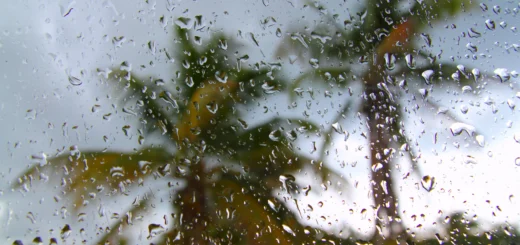Surviving 101: A Comprehensive Prepper List for Beginners
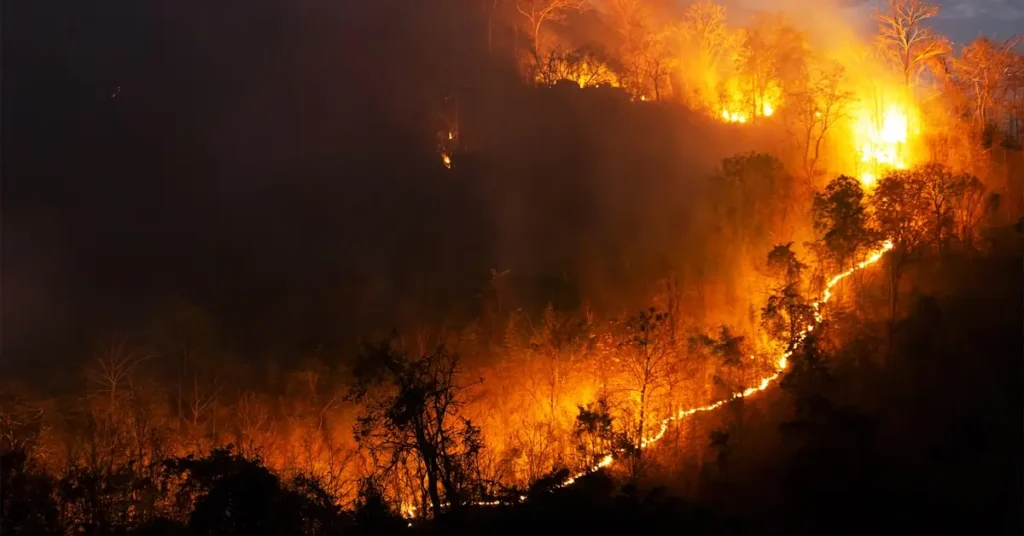
Introduction: Understanding the Importance of Prepping
Are you worried about the possibility of a catastrophic event? Do you want to be prepared to protect your family in case the worst happens? If so, you’re not alone. Prepping has become increasingly popular in recent years, as people seek to ensure their safety and security in an uncertain world. But where do you start? Surviving a disaster requires careful planning, strategy, and the right equipment. That’s why we’ve put together this comprehensive prepper list for beginners.
Whether you’re a seasoned prepper or just starting out, this guide will help you cover all your bases and prepare for anything that comes your way. From food and water to shelter and self-defense, we’ll walk you through everything you need to know to survive your local disaster.
The idea of an apocalypse or major disaster may seem like something out of a movie. However, the reality is that natural and man-made disasters can occur at any time. From hurricanes and wildfires to economic collapse and pandemics, these scenarios can seem like an apocalypse to you and your family, and being prepared for the worst-case scenario is not only wise but essential for survival.
Being a prepper means taking proactive steps to ensure the safety and well-being of yourself and your family in the face of a crisis. It involves stockpiling essential supplies, learning survival skills, and developing a mindset of self-sufficiency.
The US Faces Historic Weather Disaster Events in 2023
According to a report by the National Oceanic and Atmospheric Administration (NOAA), the United States has experienced a record number of weather disasters in 2023, with 23 “billion-dollar” weather disasters striking the country so far this year. This number has already surpassed the previous record of 22 set in 2020. The events so far this year have caused 253 direct and indirect fatalities and produced more than $57.6 billion in damage.
The report also highlights that while the United States has experienced an average of about eight billion-dollar disasters annually over the past four decades, in the past five years, that average has jumped to nearly 18 events annually.
The increase in the number of natural disasters in the United States over the past five years has led to a growing interest in emergency preparedness among the general public. While some may view prepping as extreme, the benefits of being prepared far outweigh the perceived drawbacks.
These events are not just limited to the United States. Areas across the globe are experiencing dramatic extreme weather events.
Table of Contents
Food and Water: Stocking Up on Essentials for Long-Term Survival
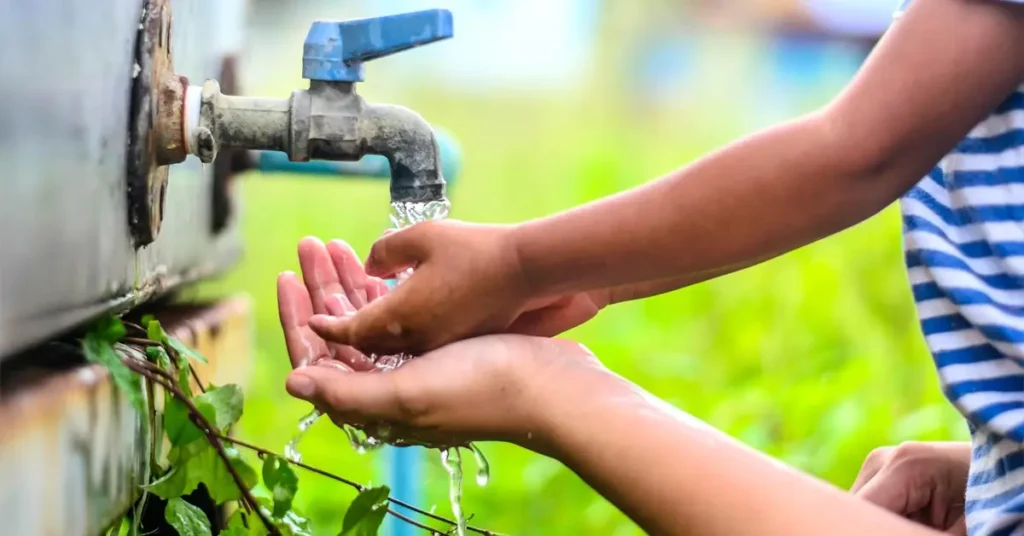
One of the most important aspects of prepping is ensuring you have an adequate supply of food and water to sustain yourself and your family in the event of a short-term crisis. Access to clean water and nutritious food may become scarce, making it essential to have a stockpile of these items.
Stocking up on essentials like food and water is crucial for long-term survival in case of emergencies or disasters. Here are some tips on how to prepare:
Food:
- Non-perishable items: Focus on purchasing non-perishable food items that are rich in calories, protein, and nutrients. Examples include canned goods (vegetables, fruits, meats, and soups), dried legumes, nuts, seeds, and grains.
- Shelf-stable milk and dairy products: Shelf-stable milk, cheese, and yogurt can be stored for months without refrigeration.
- Protein sources: Consider stockpiling protein sources like canned tuna, salmon, chicken, beans, and peanut butter.
- Whole grains: Store whole grains like rice, quinoa, oats, and pasta, which can be used in a variety of dishes.
- Baking supplies: Flour, sugar, baking powder, and yeast will allow you to make bread, muffins, and other baked goods.
- Dry fruits and vegetables: Dried fruits and vegetables can be reconstituted with water, providing vital vitamins and minerals.
- MREs (Meals Ready to Eat): MREs are military-style meals that can be stored for years and are easy to prepare. They typically contain a main course, side dishes, and dessert.
- Dietary restrictions and allergies: Access to medical care may be limited, and accidentally consuming an allergen could put you at risk for a severe reaction. To minimize your risk, stock up on safe food options that you know won’t trigger an allergic response.
- Cooking methods: Have a plan for cooking your food, such as a camp stove, Dutch oven, or solar oven. Don’t forget fuel for your stove.
Water:
- Store water: Keep a minimum of two weeks’ worth of water (one gallon per person per day) in sealable, unbreakable containers. Rotate your water supply regularly to ensure freshness.
- Purification tablets or filters: In case of contaminated water, purification tablets or water filters can help remove harmful bacteria and viruses.
- Rain collection: Set up a rainwater harvesting system to collect and store rainwater for washing, flushing toilets, and irrigating plants.
- Water conservation: Implement water-saving measures, such as taking shorter showers, using a low-flow toilet, and fixing leaks promptly.
- Storing ice: In areas with consistent electricity, consider storing ice in your freezer to keep food cold during power outages.
- Hydration bladders: Collapsible hydration bladders can be filled with water and hung from a backpack, providing a convenient way to carry drinking water.
- UV light: Ultraviolet light devices can be used to purify water by killing bacteria and viruses.
- Distillation: Learn how to distill water using a still or boiling method to produce clean drinking water.
Other essentials:
- First aid kit: Assemble a comprehensive first aid kit containing bandages, antibiotic ointments, pain relievers, and any prescription medications.
- Personal hygiene items: Toothbrushes, toothpaste, soap, toilet paper, and feminine hygiene products should be stockpiled.
- Flashlights and batteries: Have reliable flashlights and extra batteries on hand for navigating dark spaces during power outages.
- Radio and communication tools: Stay informed with a battery-powered radio, and consider investing in a ham radio or walkie-talkie for communication.
- Tools: Keep a basic toolkit with pliers, screwdrivers, wrenches, and a multi-tool for repairs and maintenance.
- Pet supplies: If you have pets, stock up on pet food, litter, and any necessary medications.
- Cash and important documents: Keep some cash on hand, as ATMs and credit card machines may not function during an emergency. Also, store copies of important documents, such as insurance policies, identification, and birth certificates, in a fireproof safe.
- Alternative energy sources: Consider investing in alternative energy sources like solar panels, wind turbines, or a generator to charge devices and power appliances.
When it comes to storing food and water, it’s important to consider shelf life and rotation. Canned goods, dried foods, and freeze-dried meals are excellent options for long-term storage. It’s crucial to regularly check expiration dates and rotate your supplies to ensure freshness. Additionally, having alternative sources of food and water, such as a garden or rainwater collection system, can provide a sustainable solution in the long run.
Shelter: Preparing for Extreme Weather Conditions
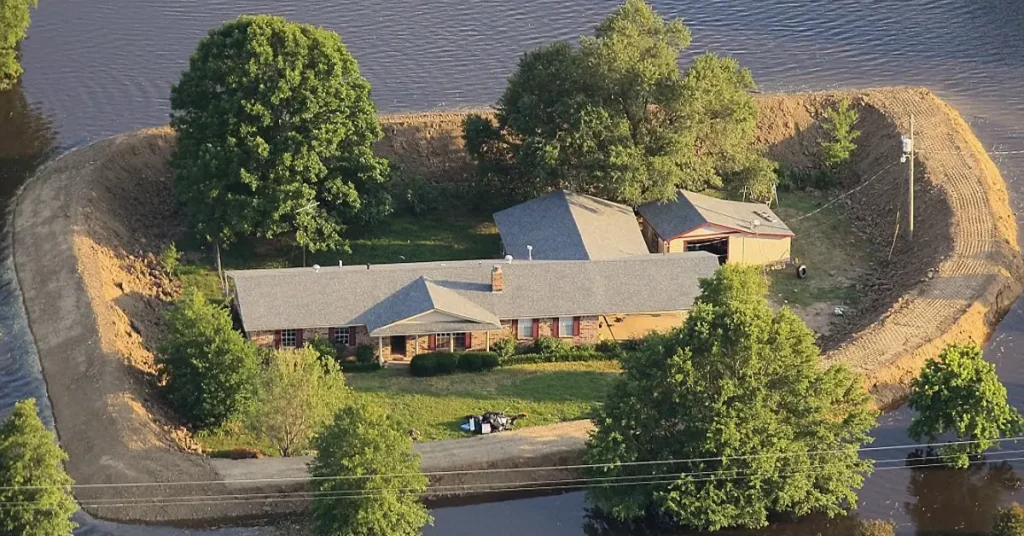
During an emergency, having a safe and secure shelter becomes paramount. Whether it’s your fortified home or a bug-out location in a remote area, having a place to seek refuge from extreme weather conditions and potential threats is key for your survival.
Preparing your home for extreme weather conditions involves reinforcing windows and doors, securing loose objects, and having a backup power source.
The decision to either “bug in” or “bug out” depends on various factors, including the type and severity of the crisis, personal preferences, and available resources.
Here are our top ten reasons why bugging in at your own home might be the best idea:
- Safety: Your home is likely to be one of the safest places you can be during a disaster or emergency, especially if you have prepared it properly. You have control over the environment, and you can secure it to make it even safer.
- Comfort: Your home is a familiar and comfortable place, and being there can provide a sense of security and routine during a stressful time. You have access to your own bed, bathroom facilities, and other amenities that can make a big difference in your quality of life.
- Resources: Your home is likely to have most of the resources you need to survive, such as food, water, clothing, and medical supplies. You can stockpile additional items to supplement what you already have, making it easier to sustain yourself for an extended period.
- Privacy: At home, you have greater control over your privacy and can limit your interactions with others if desired. This can be particularly important during a pandemic or other emergency where social distancing is critical.
- Customization: You can customize your home to suit your specific needs and preferences, making it easier to adapt to a prolonged stay. For example, you can set up a backup power source, install a water filtration system, or add storage space for supplies.
- Cost-effectiveness: Bugging in at home can be more cost-effective than bugging out, especially if you already have the necessary supplies on hand. You don’t have to worry about the expense of travel, fuel, or finding temporary housing.
- Family and pets: If you have family members or pets, it can be easier to care for them at home, where they are already comfortable and have access to their usual routines and belongings.
- Community: If you live in a tight-knit community, you may find that bugging in at home allows you to remain connected to your neighbors and local resources. You can coordinate efforts, share information, and support each other during an emergency.
- Adaptability: Bugging in at home gives you the flexibility to adapt your plans as needed. You can shift between sheltering in place and venturing out for supplies or information, depending on the situation.
- Long-term sustainability: With proper planning and preparation, your home can be a sustainable base for an extended period. You can use renewable energy sources, grow your own food, and collect rainwater, allowing you to maintain a reasonable standard of living even in the face of a long-term disaster.
Having shelter during an emergency can mean the difference between life and death, and it plays a major role in ensuring your safety and well-being. Just keep in mind that every situation is different, and there may be times when bugging out is the better choice. However, for many people, bugging in at home can be a viable and effective way to handle unexpected events.
Prepper List – First Aid and Medical Supplies: Staying Healthy During and After an Emergency
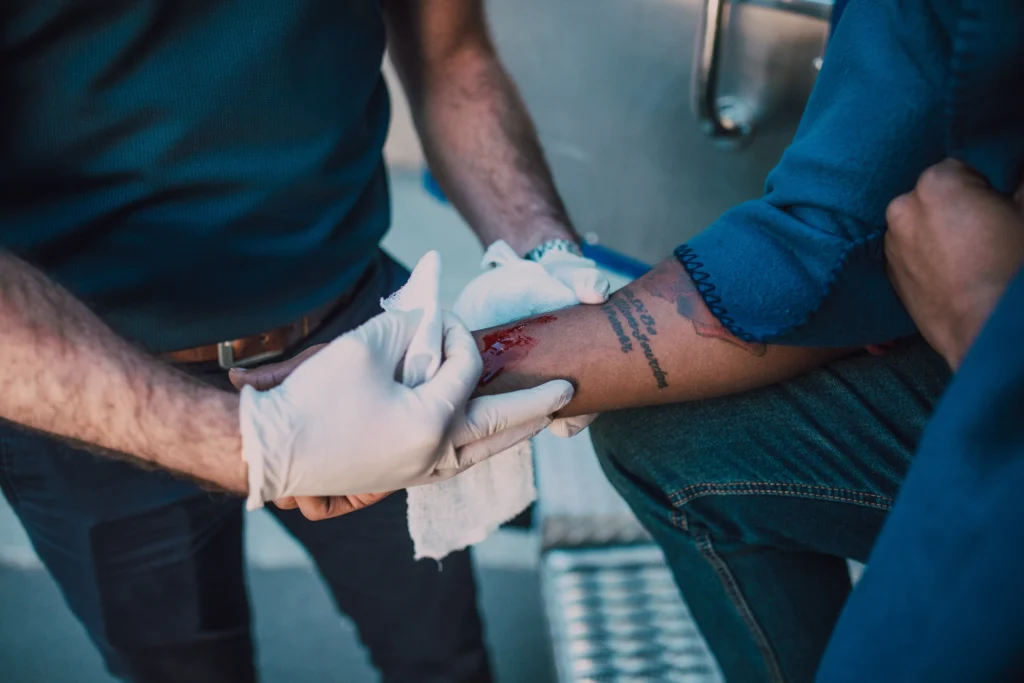
Without access to medical professionals or hospitals, having a well-stocked first aid kit and essential medical supplies can mean the difference between life and death. It’s important to have a comprehensive first aid kit that includes items such as bandages, antiseptics, pain relievers, and prescription medications if necessary.
Learning basic medical skills and taking courses in first aid and emergency medicine can also be invaluable during and after an emergency.
Our top essential items to include in your first aid kit:
- Bandages and band-aids: Including different sizes and types, such as adhesive strips, gauze pads, and rolled gauze.
- Wound cleaning agents: Alcohol wipes or antiseptic sprays to clean and disinfect wounds.
- Gauze pads: For applying pressure to stop bleeding or dressing wounds.
- Medical tape: For securing bandages or dressings in place.
- Antibiotic ointment: To prevent infection in minor cuts and scrapes.
- Over-the-counter pain relievers: Such as acetaminophen or ibuprofen for pain and fever reduction.
- Antihistamines: For allergic reactions, such as Benadryl.
- Hydrocortisone cream: For skin allergies or irritations.
- Tweezers: For removing splinters or other small objects from the skin.
- Scissors: For cutting bandages or clothing to size.
- Thermometer: To check for fever.
- First aid manual: A guide on how to administer basic first aid treatments.
- Prescription medications: If you or a family member takes prescription medication, be sure to have a sufficient supply on hand.
- Medical equipment: Such as a nebulizer, epinephrine auto-injector, or insulin syringes, if needed.
- Personal protective equipment (PPE): Gloves, masks, and eye protection to prevent the spread of disease.
In addition to having a well-stocked first aid and medical kit, it’s important to have a plan in place for emergency situations. This includes knowing basic first aid techniques, such as CPR, the Heimlich maneuver, and how to stop bleeding. It’s also a good idea to have a communication plan in case you get separated from loved ones, and a meeting point outside of your home in case of evacuation.
To store your first aid and medical supplies properly, keep them in a dry, accessible location, away from children and pets. Consider storing them in a waterproof container or bag, and make sure they are easily transportable in case you need to evacuate quickly.
Prepper List – Tools and Equipment: Essential Items for Self-Sufficiency and Survival
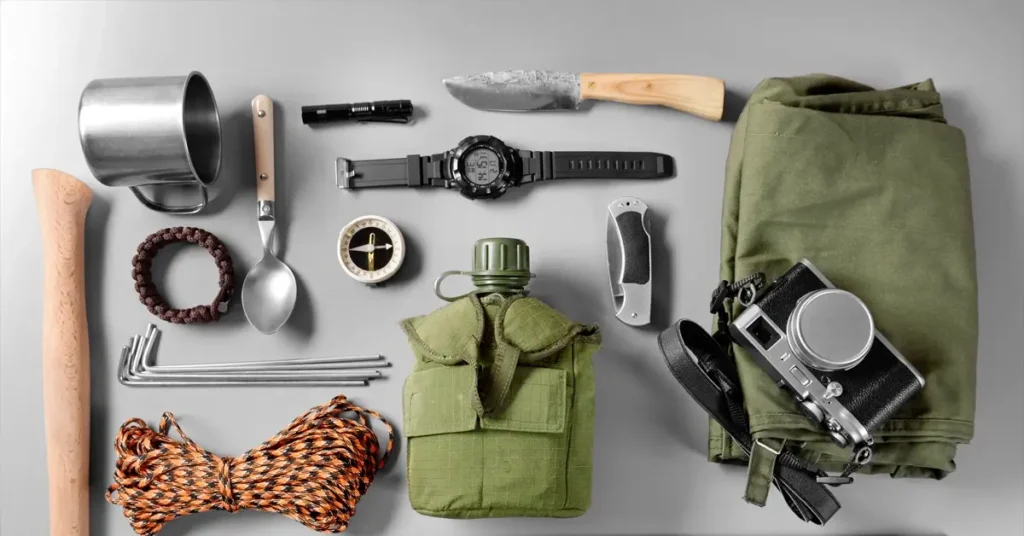
Having the right tools and equipment is essential for self-sufficiency and survival in a post-disaster world. From tools for hunting and fishing to gardening equipment and self-defense weapons, being prepared with the necessary tools can make all the difference.
Being self-sufficient and able to fend for yourself and your community requires the proper gear and knowledge to use it effectively. Here are some essential prepper list items to consider when planning for survival:
- Knives: A good knife is versatile and can be used for various tasks such as hunting, cooking, and self-defense. Invest in high-quality knives that are durable and hold their edge well.
- Axes: An axe is a vital tool for chopping wood, building shelter, and hunting. Look for a sturdy axe head and a comfortable handle that fits your grip.
- Fishing gear: Fishing can provide a reliable source of protein. Invest in a good quality fishing rod, reel, and tackle box with a variety of lures and hooks.
- Firearms: If legal and properly trained, firearms can be used for hunting and self-defense. Choose a weapon that suits your skill level and the terrain you will be navigating. Always practice safety and store ammunition securely.
- Gardening tools: A well-maintained garden can provide sustenance and improve mental health. Invest in a good shovel, rake, hoe, and watering can to keep your garden thriving.
- Communication devices: Radios or walkie-talkies can be lifesavers in a crisis situation. They allow you to communicate with your group and gather information about potential threats or resources.
- Rope and twine: Strong rope and twine can be used for creating shelter, securing goods, and even creating makeshift pulleys and winches. Choose durable materials that can withstand harsh weather conditions.
- Saws: A handsaw or hacksaw can be used for cutting through wood, metal, or plastic. These tools are essential for building, repairing, and clearing obstacles.
- Flashlights and lanterns: A reliable light source is crucial for nighttime activities and navigating dark spaces. Opt for flashlights or lanterns with long battery life and backup power sources.
- Toolbox and spare parts: Assemble a portable toolbox with essentials like pliers, wire cutters, nails, screwdrivers, and duct tape. Having spare parts for your equipment can extend its lifespan and save you from scrounging for replacements in the wild.
- Navigation tools: A compass, map, and GPS device can help you navigate unfamiliar territory and find your way back to camp. Learn how to use these tools effectively before disaster strikes.
- Personal protective equipment: Safety glasses, gloves, and respirators can shield you from harmful debris, chemicals, and airborne pathogens. Store them in your toolkit for emergency situations.
- Repair kit: A small repair kit with epoxy, super glue, and multi-purpose lubricant can fix broken equipment and extend its lifespan.
- Hygiene and medical kit: Maintaining personal hygiene and treating injuries is critical. Stock up on sanitizers, bandages, antibacterial ointments, and over-the-counter medication.
- Petroleum jelly: This versatile substance can be used for lubricating tools, protecting against rust, and even treating wounds.
Having the right tools and equipment is only half the battle. Regular maintenance and upkeep are essential to ensure your gear remains functional when you need it most. Schedule regular checks and training sessions to familiarize yourself and your community with each item’s proper usage. With the right tools and know-how, you’ll be better equipped to overcome the challenges in the aftermath of a disaster.
Communication and Navigation: Staying Connected and Finding Your Way
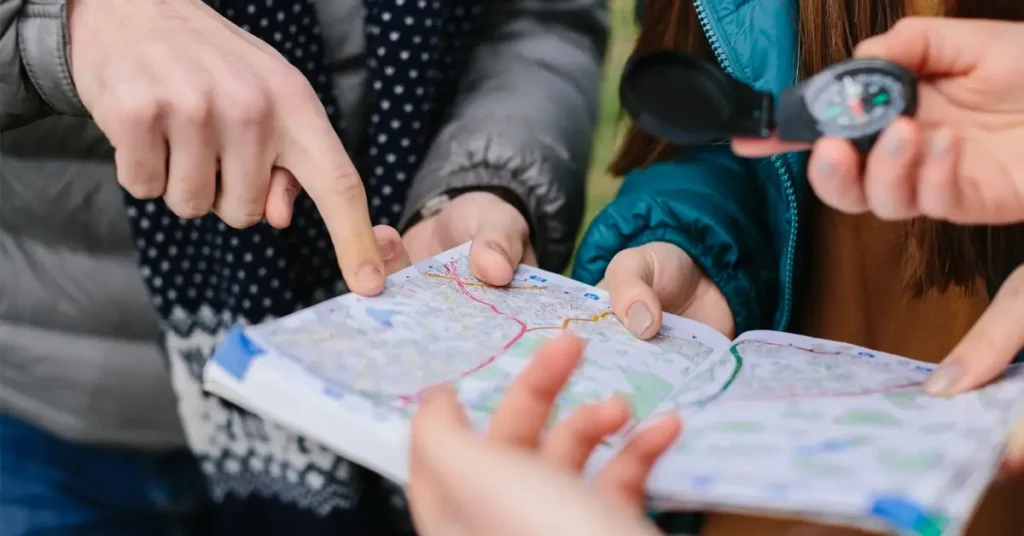
In a crisis situation, communication and navigation become vital for staying connected with loved ones and finding your way to safety. Having reliable communication tools such as radios, satellite phones, or even a ham radio can help you stay in touch with others and gather important information.
Navigation tools such as compasses, paper maps, and GPS devices can help you find your way in unfamiliar territory. Learning basic navigation skills and having backup options like physical maps can be invaluable when technology may not be reliable.
Top ways to enhance your communication and navigation capabilities:
Communication:
- Radios: Invest in a high-quality radio that can pick up signals from far away. Hand-crank or solar-powered radios are great options since they don’t require batteries.
- Satellite Phones: Satellite phones can connect you with the outside world even when traditional cell networks are down. Make sure to purchase a plan that includes coverage in your area.
- Ham Radio: A ham radio license allows you to communicate with other amateur radio operators locally and worldwide. It’s an excellent way to get information and coordinate with others during a crisis.
- Signaling Devices: Flares, mirrors, and signal whistles can help you attract attention if you’re stranded or lost. Pack them in your bug-out bag or vehicle.
Navigation:
- Compass: A compass is a fundamental navigation tool that never runs out of batteries. Learn how to use one and practice regularly.
- Paper Maps: Keep physical maps of your area, including topographic maps, road maps, and city maps. They can be invaluable when GPS signals are weak or non-existent.
- GPS Devices: Invest in a handheld GPS unit or a vehicle GPS system. Ensure they have detailed maps and can track your location accurately.
- Landmarks: Familiarize yourself with local landmarks, such as mountains, rivers, and buildings. They can serve as reference points when navigating unfamiliar areas.
- Grid References: Knowing how to use grid references (such as latitude and longitude) can help you pinpoint locations on a map and communicate them to others.
- Navigation Apps: Download offline maps and navigation apps on your smartphone, but remember that they might not work without internet access. Consider alternative methods like paper maps and compasses.
- Solar Chargers: Charge your devices using solar chargers to ensure you always have a means of communication and navigation.
- Backup Batteries: Keep extra batteries for your devices, especially for your radio and flashlight. You can also invest in rechargeable batteries to reduce waste and cost.
- Emergency Beacons: Consider purchasing a personal locator beacon (PLB) or satellite messenger if you venture into remote areas frequently. These devices send distress signals to authorities in case of emergencies.
- Practice and Training: Teach everyone in your household how to use these communication and navigation tools. Practice regularly to build confidence and muscle memory.
Security and Defense: Protecting Yourself and Your Family in Dangerous Situations

Post disaster, the need for security and defense becomes paramount. With the breakdown of law and order, protecting yourself and your family from potential threats becomes essential for survival.
Having essential security and defense tools and strategies is crucial. This may include items such as firearms (if legal and properly trained), pepper spray, self-defense training, and fortifying your home or bug-out location. Developing a security plan and practicing situational awareness can also help you stay one step ahead of potential threats.
Our top ten essential security and defense tools, strategies, and techniques:
- Firearms: If legally allowed and properly trained, firearms can be an effective means of self-defense. However, it’s crucial to understand the risks associated with gun ownership, such as accidental discharges, and to handle firearms safely and responsibly.
- Pepper Spray: Non-lethal deterrents like pepper spray can be useful in fending off attackers. It’s important to choose a product that contains a high concentration of oleoresin capsicum (OC) and to aim for the face and eyes when deploying it.
- Self-Defense Training: Learning self-defense techniques, such as Krav Maga or Brazilian Jiu-Jitsu, can help you protect yourself in close combat situations. Additionally, familiarizing yourself with improvised weapons, like pens, keys, or umbrellas, can be helpful.
- Fortified Shelter: Reinforcing your home or bug-out location can provide additional security. This may involve installing security cameras, motion-sensitive lights, and reinforced doors and windows. Consider creating a safe room or panic room for added protection.
- Situational Awareness: Developing a heightened sense of situational awareness can help you anticipate and avoid potential threats. Pay attention to your surroundings, monitor weather forecasts, and stay informed about local conditions to stay one step ahead.
- Communication: Maintaining open lines of communication with your family and allies can help you stay informed and coordinated during emergencies. Use secure communication channels, such as encrypted messaging apps or two-way radios, to share vital information.
- Networking: Building relationships with trusted neighbors, community members, and fellow preppers can create a stronger support network. Collaborate on security efforts, share resources, and watch each other’s backs to increase overall resilience.
- Intelligence Gathering: Gathering intelligence on potential threats, such as monitoring local crime trends or tracking suspicious activity, can help you prepare and respond accordingly.
- Counter-Surveillance: Being aware of your surroundings and identifying potential surveillance targets can help you avoid being targeted by criminals or hostile groups. Use counter-surveillance techniques, such as varying your routine and using covert observation, to stay private and secure.
- Contingency Planning: Create contingency plans for various scenarios, such as natural disasters, economic collapse, or social unrest. Anticipate potential security threats and develop strategies to mitigate them before they arise.
Energy and Power: Generating Electricity and Storing Fuel
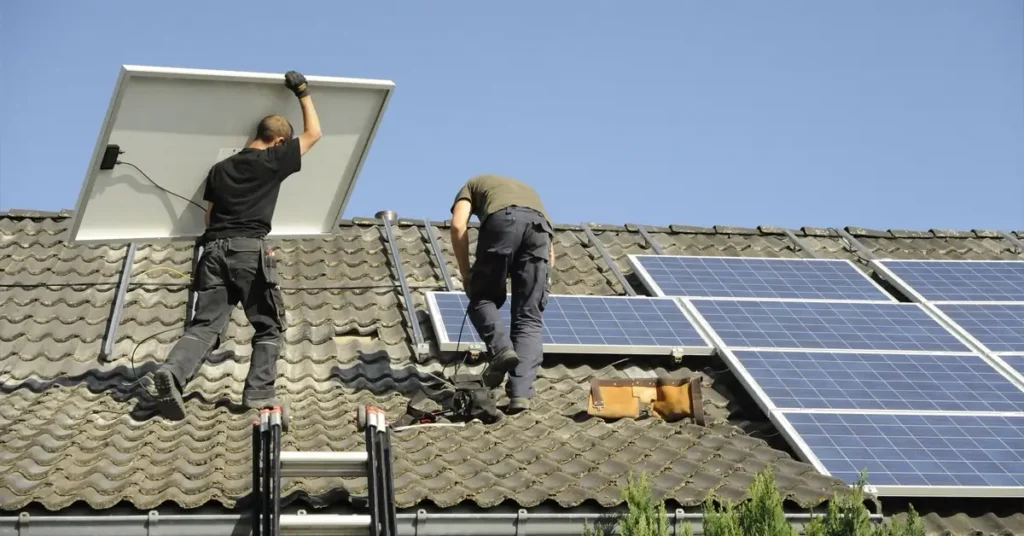
Having a reliable source of energy and power is essential for survival. Whether it’s generating electricity through solar panels or wind turbines or storing fuel for backup power, having access to energy can make life more comfortable and increase your chances of survival.
Alternative sources of energy such as solar power batteries, wind power, or even hydroelectric power can provide a sustainable solution in the long run.
- Solar panels are a popular choice for generating electricity. They are silent, renewable, and require minimal maintenance. Solar panels can be installed on rooftops or in open fields, providing a consistent source of power throughout the day. However, it’s important to note that solar panels rely on sunlight, so their effectiveness may be limited during periods of prolonged cloud cover or at night.
- Wind turbines are another option for generating electricity. They are noisy but can be effective in areas with strong winds. Like solar panels, wind turbines require minimal maintenance and can operate for years without interruption. However, they can be expensive to install and may not be suitable for all locations.
- Hydroelectric power is also a viable option for generating electricity. Hydroelectric power plants harness the energy of moving water to generate electricity. They can be built near rivers, streams, or other bodies of water, making them a reliable source of power in areas where water is abundant.
- Gasoline, diesel, and propane are common fuels used in generators and vehicles. Make sure to store your fuel safely and rotate it regularly to keep it fresh. Improper storage can lead to contamination, which can damage engines and equipment. Fuels can degrade over time and lose their potency, becoming less effective. To prevent this, store fuel in a cool, dry place away from direct sunlight and moisture and rotate your fuel supplies every six months to a year.
When it comes to survival, having a reliable source of energy and power can make all the difference. With the right planning and preparation, you can create a sustainable system that will help you thrive for years to come.
Mental and Emotional Preparedness: Coping with Stress and Anxiety in a Crisis
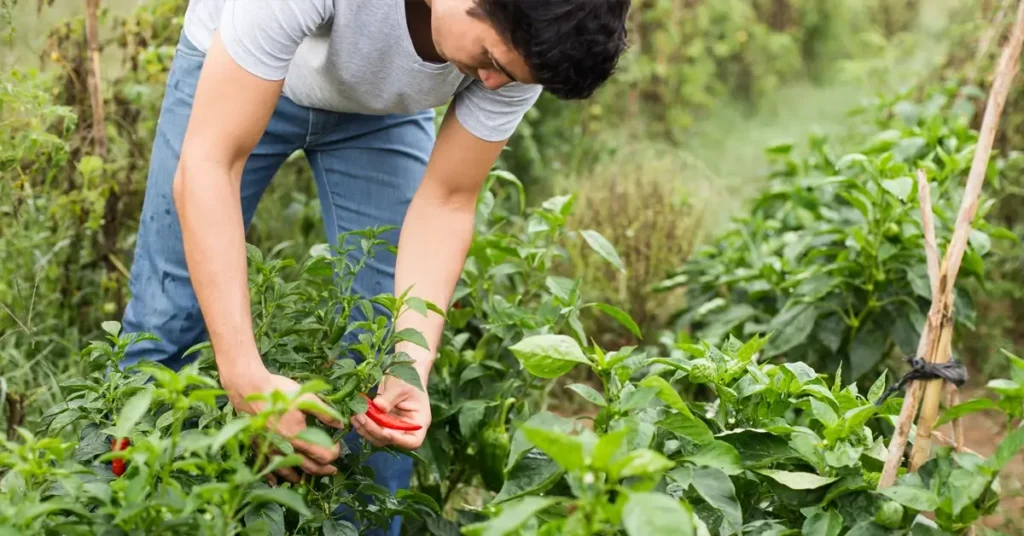
While physical preparedness is crucial, mental and emotional preparedness is equally important in a crisis situation. Coping with stress, anxiety, and the psychological toll of a disaster can be challenging, but having strategies in place can help maintain mental and emotional health.
Ten tips for coping with stress and anxiety in a crisis:
- Practice Mindfulness and Meditation: Mindfulness practices such as meditation, deep breathing, and yoga can help calm your mind, reduce stress, and increase focus. These techniques can be done anywhere, at any time.
- Maintain a Routine: Establishing a daily routine can provide a sense of normalcy and stability in an otherwise chaotic environment. This can include activities such as exercise, reading, journaling, or any other hobbies that promote relaxation and self-care.
- Stay Connected with Loved Ones: Social support is vital in times of crisis. Stay connected with family members, friends, and fellow survivors to share experiences, receive emotional support, and collaborate on problem-solving.
- Seek Support from Others: Building relationships with others who have experienced similar traumas can be helpful in processing emotions and finding ways to cope. Consider joining a support group or participating in community events to connect with others who understand what you’re going through.
- Develop Resilience and Adaptability: Cultivate resilience by focusing on positive thoughts, reframing negative experiences, and developing problem-solving skills. Adaptability allows you to adjust to new situations and find creative solutions to challenges. Practice accepting change and embracing uncertainty to develop these qualities.
- Take Breaks and Engage in Leisure Activities: Allow yourself time to rest and engage in enjoyable activities, such as listening to music, playing games, or pursuing hobbies. Taking breaks can help alleviate stress and restore mental energy.
- Practice Gratitude: Reflecting on things you’re grateful for can shift your perspective and help you appreciate the present moment. Express gratitude for simple pleasures like food, shelter, and human connection.
- Monitor Your Mental Health: Be aware of your mental state and recognize signs of depression, anxiety, or other mental health concerns. If symptoms persist or worsen, seek professional help if available or consult with a trusted friend or mentor.
- Learn New Skills: Acquire new skills or knowledge that can enhance your ability to cope with the demands and changes in your world. Examples may include learning first aid, farming, or repairing equipment.
- Find Meaning and Purpose: Having a sense of purpose can motivate you to continue striving for survival. Identify personal goals, values, and beliefs that give meaning to your existence in this new world.
Developing resilience and adaptability can help navigate the challenges of a disaster for you and your family.
Taking Action and Building Your Prepper Plan for the Future
Being prepared for any potential disaster is not a matter of paranoia or fear. It’s about taking proactive steps to ensure the safety and well-being of yourself and your family in the face of uncertainty. By stocking up on essential supplies, developing survival skills, and maintaining a mindset of self-sufficiency, you can increase your chances of survival after a natural or man-made disaster.
Getting started with prepping can be overwhelming, but taking small steps and building a prepper list can make the process more manageable. Start by assessing your current situation and identifying areas where you need to improve your preparedness. Research and gather the necessary supplies, learn essential skills and connect with like-minded individuals who can provide support and guidance.
There are numerous resources available to help you build your prepper list, including Southern Prepper, books, online forums, Facebook, and local prepper groups. Being prepared is not about living in fear but about taking control of your own destiny and ensuring the safety and well-being of yourself and your family in any situation.


